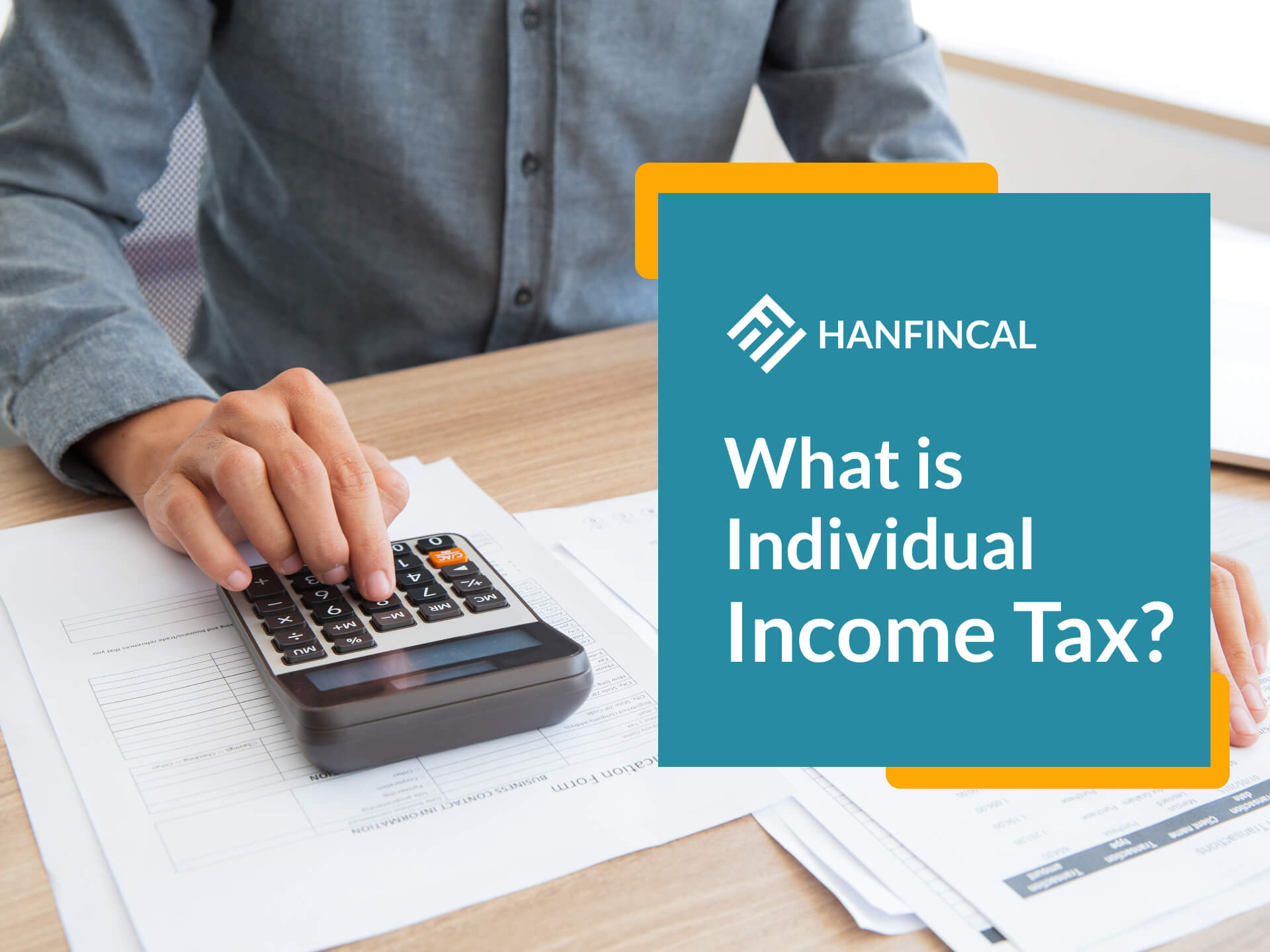The Additional Child Tax Credit (ACTC) is the result of Joe Biden’s American Rescue Plan 2021 to implement monthly Child Tax Credit payments per child under 17. Following that, this perfectly complements the previous one. Don’t overlook this Addition version if you’re familiar with the Child Tax Credit. Let’s look into what it is and how you can get your money back. Hanfincal will be your best companion.
1. What’s the ACTC?
The Additional Child Tax Credit (ACTC) was known as the refundable portion of the child tax credit. It could be used by families who owed the IRS less than their qualified child tax credit amount of them. The ACTC refunded the taxpayer’s unused portion of the child tax credit because the child tax credit was non-refundable.
President Biden’s American Rescue Plan was passed on March 11, 2021, making child tax credits fully refundable in 2021.
2. Who can claim the ACTC and received advance payments?

Who Claims Additional Child Tax Credit
- Firstly, the family must qualify for the Child Tax Credit (CTC) before being eligible for the ACTC because the ACTC begins with the CTC. Learn more about the requirements of the Child Tax Credit.
- Secondly, income families must have a minimum of $2,500 in earned income. Parents whose only source of income is “unearned” income, such as interest and dividends, pensions and annuities, unemployment, social security, alimony, or child support, are not eligible.
- Finally, a child must have a Social Security number to claim the ACTC. You cannot claim the ACTC if you do not have a Social Security number.
Moreover, complete the CTC Worksheet included in the Form 1040 instructions to see if you qualify for the ACTC. The worksheet will direct you to complete Schedule 8812 to claim the ACTC if you meet the requirements.
3. Receiving your ATCT refund – tax credit amount
The Protecting Americans from Tax Hikes (PATH) Act states that the IRS does not issue refunds before February 15 to any filer claiming the Earned Income Tax Credit or the ACTC. Because the rule applies to your entire refund, you will not receive separate checks for portions of your refund that are or are not associated with the ACTC. In other words, your entire refund will be postponed.
This means that if you file a tax return in early January, the IRS will not release your refund until February 15.
4. Example of the ACTC – tax credit payments
Before the Tax Cuts and Jobs Act (TCJA), families with an annual income of more than $3,000 could claim a refund using the ACTC. The tax credit was based on how much the taxpayer earned and then calculated by taking 15% of their taxable earned income over $3,000 up to the maximum of credit amount, which was then $1,000 per child. The full amount over $3,000 was refundable.
- For example, a taxpayer with two dependents is eligible for the CTC. Their earning is $28,000, which means that anything over $3,000 is worth $25,000. Because 15% x $25,000 = $3,750 is greater than the maximum credit of $2,000 for two children, they would have received the entire amount of any unused credit.
- One more example, if a taxpayer received an $800 CTC, they would be refunded a $1,200 ACTCt. However, if the taxable earned income is $12,000 instead of $3,000, 15 percent of the excess is $1,350 (15 percent x $9,000 = $1,350). Because the refundable credit cannot exceed 15% of earning over $3,000, the taxpayer would get a maximum refund of $1,350 rather than $2,000.
Taxpayers earning less than $3,000 were eligible if they had at least three qualifying dependents and paid Social Security Tax over their earned-income credit for the year.
5. FAQs
5.1. What is the difference between Child Tax Credit and ACTC?
- The Child Tax Credit provides a maximum credit of $3,600 (for children under 6 years old) and $3,000 (for children over the age ranging from 6 and up to 17) to families who meet eligibility requirements. Eligible families will get advance payments, either by direct deposit or check. Advance child tax credits for 2021 could not issue the full amount, it might be claimed through monthly payments equal to half of their total child tax credit. The second half is available to people who qualify on their 2021 tax returns through the advance payments.
- The ACTC (up to $2,000 per child) was repealed by the Tax Cuts and Jobs Act in 2018.
5.2. Are there additional requirements for the new Child Tax Credit?
To be eligible for advance CTC payments, you must meet these requirements:
- You could file a tax for returning 2019 or 2020 and claimed the CTC on the return.
- Provided us with your information in 2020 to receive the Economic Impact Payment using the Non-Filers.
- A primary residence in America for more than half of the year or filing a joint return with a spouse who has an original place in the United States for more than half of the year.
- A qualifying child who must be under the age of 17 at the tax year at the end of 2021 and has a Social Security number.
- Earned less than certain income families thresholds.
5.3. Who qualifies for the ACTC?
Because the ACTC was eliminated in 2018, no one is currently eligible for it. However, the entire new CTC is available to parents (filing jointly), earning up to $150,000 per year.
To help defray the costs of parenthood, the federal government provides tax breaks for parents and families, such as the CTC and Additional Child Tax Credit. These credits can help you reduce your federal income tax liability and possibly increase any due refund. Let HanFincal get started right away and seize it.
==> Read More:




